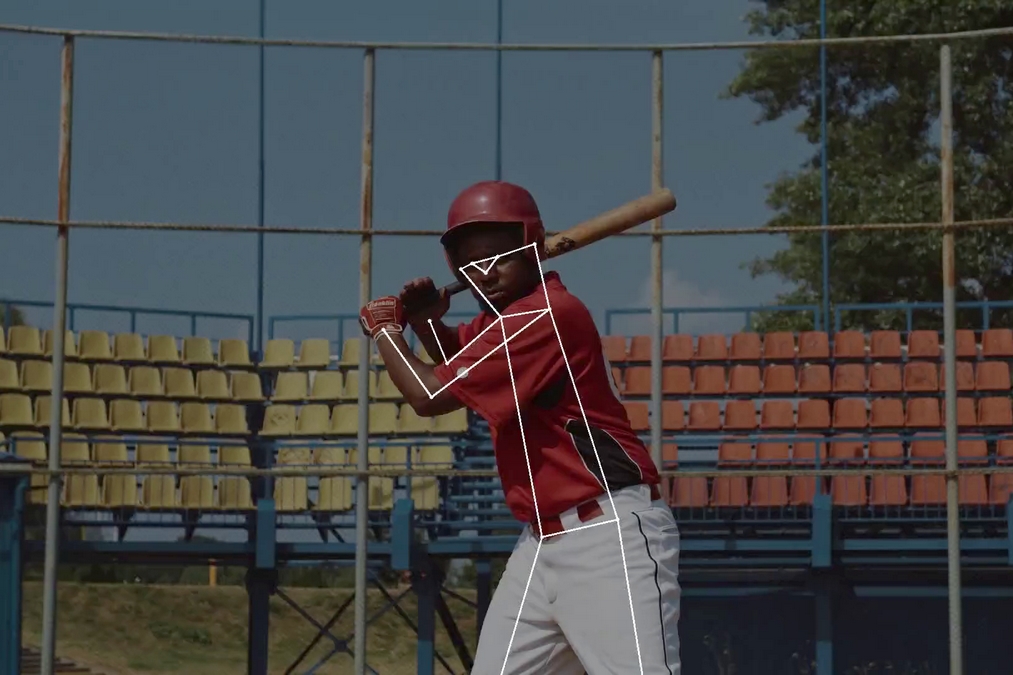The world of sports is rapidly changing with advancements in technology, and many teams look to gain an edge. Computer vision uses artificial intelligence algorithms to interpret images from cameras in real-time. Computer vision is being used to help officials make decisions on the field, but its potential applications are vast.
In this article, we’ll take a closer look at how computer vision is being used in sports today and cover the following topics:
- New AI technology in sports and fitness
- Innovation project ideas, use cases, and applications
- State-of-the-art methods and solutions
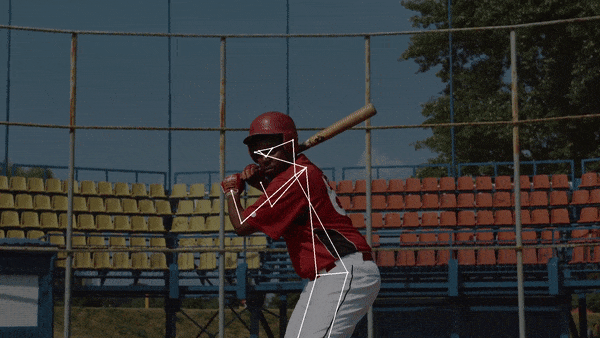
List of visual AI applications in sports
- Application #1: Automated video assessment
- Application #2: Athletic motion tracking
- Application #3: ML-based sports analytics
- Application #4: AI batting and pitching analysis
- Application #5: Athlete identification and classification
- Application #6: Automatic AI refereeing
- Application #7: Rule violation detection
- Application #8: Mega Events security and crowd analysis
- Application #9: Object detection and ball tracking
- Application #10: Winner prediction with AI
- Application #11: Fitness exercise recognition
- Application #12: AI-based injury detection
- Application #13: Rehabilitation support
In the following, we will discuss those applications in more detail.
AI vision performance assessment
Automated video analysis for athletes
One of the most common applications of computer vision in sports is automated video analysis. The analysis uses machine learning software and pattern recognition to extract data from video footage of athletes in action automatically. This data can then be used by sports teams, coaches, and athletes to quantify, assess, and improve player and team performance.
There are several different ways that automated video analysis can be used to improve sports performance. For example, it can be used to track an athlete’s movement patterns and identify areas for improvement. It can also be used to analyze an opponent’s movements and plan strategies, to gain a competitive edge.
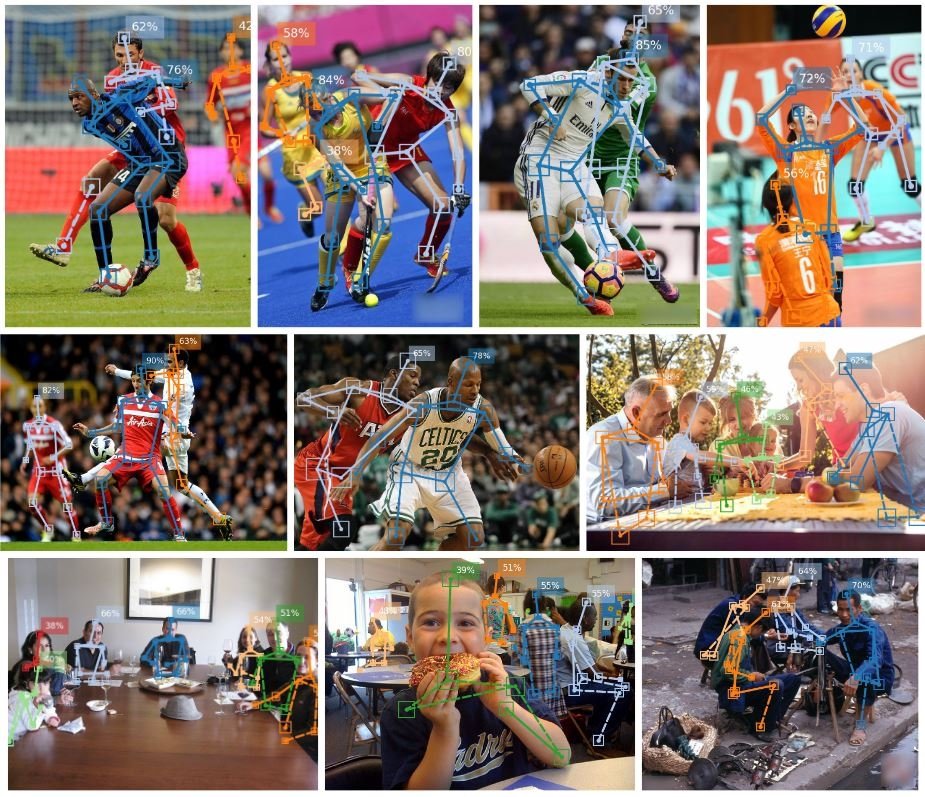
Motion tracking to improve athletic performance
Computer vision has been used to track the motion of athletes to improve their performance for many years. For example, IBM developed a cognitive coaching system for the US Women’s National Soccer Team. The system monitors video footage of players’ performances and provides feedback in real-time.
By tracking the movement of athletes, coaches can identify areas to make improvements, and athletes can see where they need to focus their training. In recent years, however, computer vision has become more sophisticated and can be used to track the joint and limb movement of athletes.
This data can be used to improve team performance by helping coaches and athletes to understand how they are responding to training, and what areas need improvement. In addition, this data can be used to prevent injuries by identifying the potential risks.
Computer vision AI models that track a player’s movements also identify potential risk factors for injuries. For example, if an athlete is consistently landing awkwardly after a jump, this could be a sign that they are at risk of suffering an ankle injury. By identifying early signs of risk factors, coaches and athletes can do injury prevention.
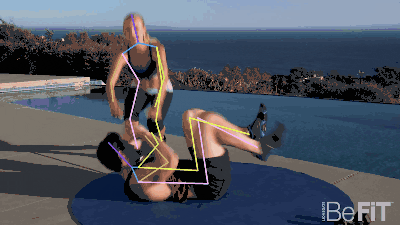
Machine Learning sports analytics
As computer vision technology continues to evolve, even the way that we can use it to enhance sports performance evolves. One area where computer vision is making a big impact is in sports analytics and big data.
Sports analytics is the process of using data to improve athletic performance in team sports such as football, basketball, soccer, hockey, or baseball. This can involve analyzing data such as player movements, team strategies, and game conditions. This information can then be used to improve performance by changing training methods, game plans, and player roles.
The metrics and data collected through data mining techniques and deep learning algorithms are of great importance in sports journalism. The data collection on performance analysis, in-game activity, and post-game analysis helps sports journalists to provide a more complete picture of the game for their readers.
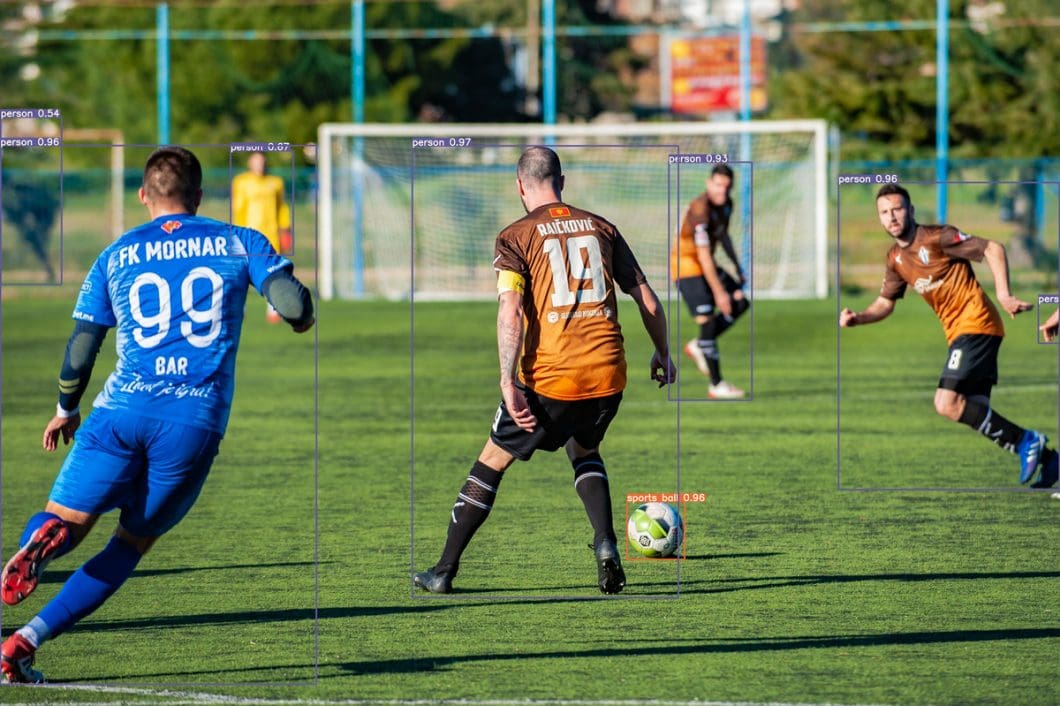
AI batting and pitching performance
Computer vision is starting to play a larger role in bat and ball sports, such as cricket and baseball. In these sports, the goal is to hit a target (a ball) with a tool (a bat). Computer vision can be used to help players improve their batting or pitching. For batting, computer vision can be used to track the trajectory of the ball and predict its location when the bat makes contact.
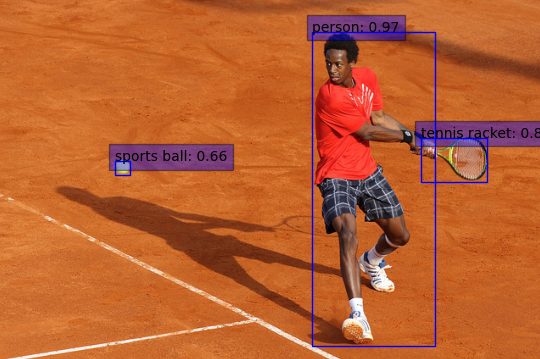
This information can be used to help batters to adjust their swing. Pitching is another area where computer vision can be helpful. By tracking the movement of the ball, a pitcher can get feedback on their pitching mechanics. This information can be used to make adjustments to improve accuracy and control.
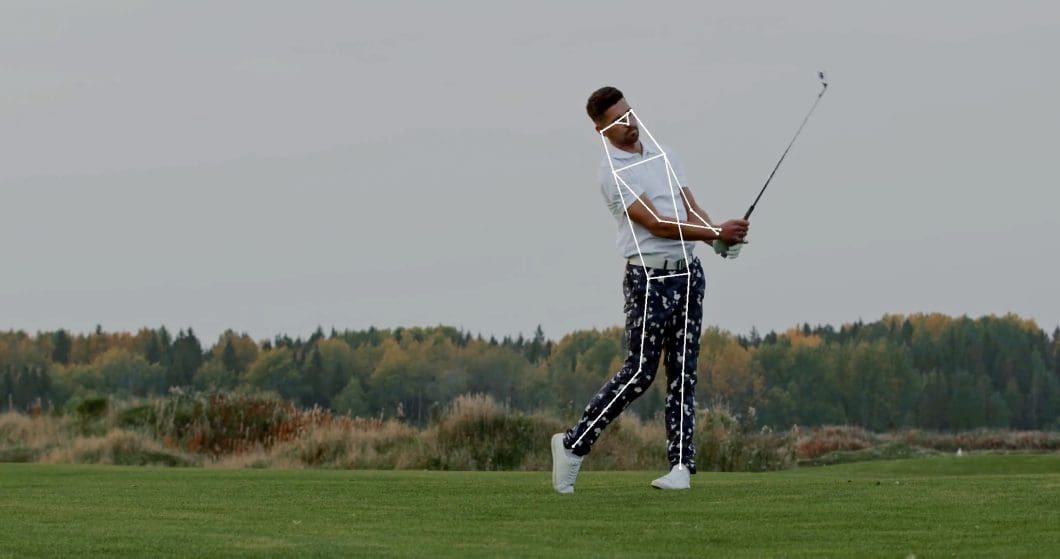
Visual AI sports match analysis
Intelligent athlete identification and classification
One of the most important applications of computer vision in sports is athlete identification and classification. This involves using software to identify and classify athletes in video footage with the use of artificial intelligence. This information can then be used to track their progress over time or to compare their performance with that of other athletes.
There are several ways to identify and classify athletes in video footage. One common method is to use facial recognition software. This can be used to identify an athlete by their features, such as their hairstyle or facial structure. Another common method for identification is tracking the movement of an athlete’s body and position to identify them.
Automatic refereeing with artificial intelligence
Computer vision is being used more and more in sports to help with officiating. For example, the Hawk-Eye system is a computer system used in cricket and tennis to track the trajectory of the ball and help determine if a ball is fair or foul.
This system uses a network of cameras to track the ball and then compares the trajectory of the ball to a virtual model of the playing surface. This system is accurate within a few millimeters, which is much more accurate than the human eye.
For example, the NFL is using a system called “Next Gen Stats” to track the location of every player on the field. This information is then used to help officials make better decisions, such as whether or not to call a penalty.
Detection of rule violations using computer vision in sports
Computer vision is also being used to help detect rule violations in sports. For example, the Video Assistant Referee (VAR) system is a computer system that is used by FIFA (Football Association) to help officials make decisions about controversial or game-changing incidents.
This system uses video footage of the match to help officials determine if a goal has been scored, a foul has been committed, or an offside has occurred. This system provides very high accuracy, higher than that of the human eye.
Artificial Intelligence at Sport Events
Computer vision systems for crowd monitoring and security
AI vision applications are also being used to help monitor crowds and ensure security at sporting events, such as the Olympics, soccer world cups, or tennis tournaments. Vision systems use real-time computer vision to detect and track objects in a crowd, across a fleet of cameras.
Such AI systems use deep learning models to detect and track objects like bags, backpacks, and phones. Specialized applications can also be used to recognize dangerous events such as violent groups or people who may be carrying weapons and detect unattended objects.
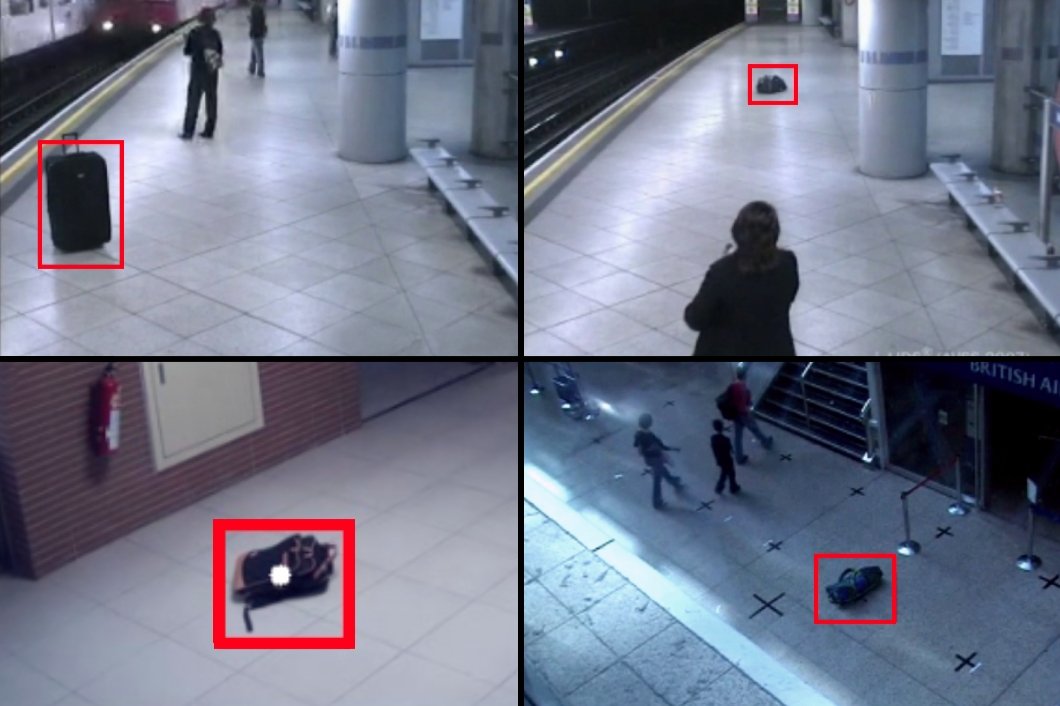
Object detection and ball tracking
Real-time object detection is used to recognize sports equipment, for example, ball tracking with artificial intelligence. Such applications are used in basketball, football, soccer, and others.
AI-based ball tracking involves using machine learning algorithms to track the movement of a ball and predict its trajectory. This information can be used to improve accuracy in shooting and passing, as well as help coaches with game strategy.
Predicting the winner of a sporting event with AI
Machine learning algorithms can be used to predict the winner of a sporting event by tracking the movements of the athletes. By analyzing the data collected by computer vision, a system can be trained to predict the winner of a match. This information can be used to make betting decisions or to give an idea of who is statistically more likely to win.
Systems based on Deep Neural Networks (DNNs) and Artificial Neural Networks (ANN) can be used to predict football match outcomes. In research applications, deep learning models built to predict the outcome of matches performed well in predicting the FIFA World Cup 2018 matches, achieving a prediction accuracy of 63.3%.
Computer Vision in Fitness and Athletics
Identification of different exercises
A computer vision system can track the number of reps a person does for a particular fitness exercise with real-time video analysis. The computer vision applications can also be used to provide feedback on the quality of the reps.
In sports medicine and coaching, this information can be used to improve the athlete’s form and performance with real-time feedback based on visual data.
In fitness, image recognition has been used to detect a variety of sports exercises, including squats, lunges, and push-ups. High-performance deep learning systems work by detecting the body position and movement of the joints in the arms and legs with key points and human-pose estimation.
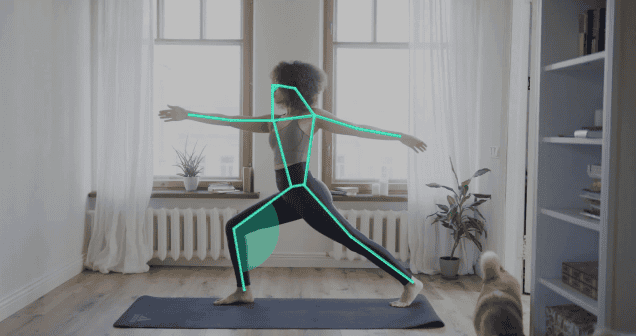
Injury detection with computer vision
Data science and computer vision are increasingly important for applications to detect and monitor risk factors for injuries. The Detroit Pistons use computer vision to track players’ movements during games and practice. The performance data is used to improve player performance and prevent injuries.
For example, computer vision is used to analyze the risk of ankle sprains in aerobics. Knee injuries account for the largest percentage of sport-related, severe injuries. More than 50% of the cases represent Anterior cruciate ligament (ACL) ruptures, affecting 200,000 individuals in the United States each year. Hence, researchers have used multi-angle video analysis to evaluate the lower-body injury risk of scripted athletic movements.
Computer vision in rehabilitation phases
In addition to detecting injuries, computer vision is also being used in the sports industry to monitor the rehabilitation process of athletes. Researchers have developed different computer vision applications, for example, to track patients’ range of motion with shoulder injuries.
The system accurately tracks the rehabilitation process, which helps doctors and physical therapists design more effective rehabilitation programs. By tracking the movement of athletes during the recovery phase, computer vision can provide valuable insights to tailor the exercises for each individual.
Get started with computer vision in sports
There are several ways that artificial intelligence and computer vision are being used in sports and fitness applications. The strategic value of data and AI models drives the need for companies to build their own AI vision applications.
Computer vision is challenging to implement
Computer Vision is one of the most challenging and expensive technologies to use. Visual data is comparably “heavy” and requires enormous computing resources to process. Especially real-time deep learning requires powerful hardware and processing power.
In addition, visual AI requires several advanced technologies, including image processing, machine learning, and deep learning. All these technologies are constantly evolving and improving, which means that the algorithms used in AI systems need to be constantly updated.
Experienced computer vision engineers are hard to find, and most computer vision projects fail to scale due to technical, scalability, security, and cost issues. Read our article about the costs of computer vision.
Why organizations build their own systems
One of the primary reasons is that the limited turnkey applications may not fit the specific needs of the company. In many cases, businesses customize AI applications to meet the specific needs of their industry or sector. For example, a company may need to track the movement of objects in a very specific way or may need to detect and recognize objects in a certain environment.
Another factor is that companies want to avoid sharing their data and comply with strict privacy regulations that do not allow transferring visual data to the cloud. In addition, businesses may need to integrate the application with other software systems.
Apply computer vision with Viso Suite
AI platforms like Viso Suite provide a way to rapidly build, deploy, and scale computer vision applications in sports. The end-to-end computer vision platform (get the Whitepaper) is powered by viso.ai and helps companies secure sports events and improve the performance of athletes.
Request a demo and learn more about how your organization can successfully deliver real-time computer vision in sports.
Explore more computer vision applications and AI-driven technologies in related articles:
